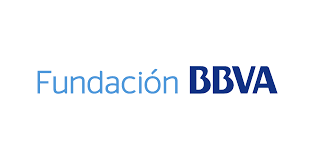When taking on the processing of these materials, it had to be kept in mind that the ALPI fieldworkers very consciously used the Revista de Filología Española’s phonetic alphabet (ARFE). This alphabet, created by Tomas Navarro Tomas and published in the journal in 1915, has a long tradition in the Hispanic world. It reflects the phonetic interest of its author and of its time with an abundance of details that can seem excessive by today’s standards. The project was faced with a scientific dilemma as to whether that original transcription should be preserved or altered, by changing it to the International Phonetic Alphabet (IPA) in order to ensure a wider dissemination of the atlas and to facilitate data recovery through a sophisticated search feature. After considerable discussion, we found a solution that respects the original phonetic transcription – since the digitalized image of the hand-written answers to the questionnaires will always be accessible - and that also enables quick searches due to the conversion into the International Phonetic Alphabet.
It is undeniable that this process entails a simplification of the ARFE transcriptions, but we must keep in mind that the editors of the first volume of the ALPI themselves, with Navarro Tomas’ agreement, decided to carry out a first simplification of their complex transcriptions. The Epistolario published by Vicent Garcia Perales and Santi Cortes (2009) shows that a “template” was developed with Navarro Tomas’ expertise. However, this table has not been conserved and an attempt to reconstruct it had to be made in order to establish valid equivalencies with the International Phonetic Alphabet. We called upon specialists in phonetics for the different linguistic domains in order to implement with all certainty the phonetic equivalencies within our computerized tools: Amália Andrade, for Portuguese; Francisco Dubert, for Galician; Ralph Penny, for Asturian-Leonese; Daniel Recasens, for Catalan and Juana Gil, for Castilian. On May 7-8, 2009, the ALPI team met with them thanks to the Universidad Autónoma de Madrid, which subsidized the scholarly meeting. Correspondences between the phonetic symbols of the Revista de Filología Española alphabet used in the originals and those of the International Phonetic Alphabet were determined at that meeting. We started from the principle that as processors and editors of the ALPI, we would not start to judge the transcriptions we had inherited, nor would we meddle with them any more than necessary to establish equivalencies with the IPA, thus avoiding the loss of essential characteristics of the languages varieties under study.
We publish here the Phonetic Alphabet table which we have recreated with the help of Francisco Dubert, Maria Pilar Perea, Xulio Sousa and Rosabel San Segundo. It is important to keep in mind that users who consult the ALPI will also have the option of actually seeing the original data transcriptions, since the design of our online computer tool includes, among other technical aspects, the scanned images of all the answers in the fieldworkers’ ARFE transcriptions.



